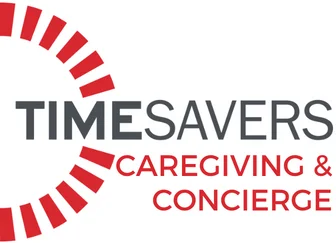A DNR, or Do Not Resuscitate order, is a medical directive that instructs healthcare professionals not to perform cardiopulmonary resuscitation (CPR) or advanced cardiac life support (ACLS) if a patient’s heart stops beating or they stop breathing. This order is an important part of advance care planning, allowing patients to make decisions about their end-of-life care. It’s designed to prevent unwanted, invasive medical treatments in situations where they may not improve the patient’s quality of life.
The Purpose of a DNR
A DNR is typically issued for patients with severe, chronic conditions or terminal illnesses, where resuscitation efforts are unlikely to restore meaningful life or could lead to unnecessary suffering. For some, it aligns with personal or religious beliefs about natural death. In other cases, families or patients may decide to limit medical interventions based on the patient’s wishes or quality of life concerns.
How is a DNR Established?
The process of creating a DNR involves a conversation between the patient (or their medical proxy) and a physician. Here’s how it typically works:
1. Discussing the DNR: The patient and doctor discuss the patient’s condition, prognosis, and what CPR and other life-saving measures would involve. If the patient decides they do not want these interventions, the doctor can write the DNR order.
2. Consent: The patient must provide informed consent for the DNR. If the patient is unable to communicate, a legally designated medical proxy or power of attorney can consent to the DNR on their behalf.
3. Documentation: The doctor fills out the DNR order, which is typically placed in the patient’s medical record. Some states or countries also provide wallet-sized DNR cards or bracelets that patients can carry with them in case of emergency.
4. Informing Healthcare Providers: It’s essential that all healthcare providers, including hospitals, nursing homes, and emergency medical teams, are informed about the DNR status so they can act accordingly in case of a medical emergency.
Carrying Out a DNR
Once a DNR is in place, it’s the responsibility of healthcare professionals to honor it. If a patient with a DNR order stops breathing or their heart stops beating, medical staff will not perform CPR, intubation, or defibrillation. However, a DNR does not mean that the patient will not receive care. Treatments like pain management, oxygen, or comfort care will still be provided to ensure the patient’s quality of life during their final moments.
In some situations, confusion about a DNR can arise, especially during emergencies. This is why it’s crucial for the DNR order to be visible and clearly communicated across all healthcare settings.
Differences Between a DNR and Other Directives
It’s important to note that a DNR is not the same as a living will or other advance directives. While a living will may cover a broader range of healthcare decisions (like feeding tubes or dialysis), a DNR specifically addresses the use of resuscitation measures. A living will and other advance directives complement a DNR by providing detailed instructions about various aspects of medical care.
The Importance of Discussing DNR Orders with Family
While making a DNR decision is deeply personal, it’s important for patients to discuss their wishes with family members and loved ones. Clear communication can prevent confusion or disputes among family members during emotionally charged situations. It also ensures that family members feel confident in their role as advocates for the patient’s healthcare preferences.
Final Thoughts
A DNR is a compassionate and respectful way to uphold a patient’s end-of-life wishes. By understanding what a DNR entails and how it is carried out, individuals and their families can make informed decisions about their care, ensuring that medical interventions align with the patient’s values and desires for their final moments.

